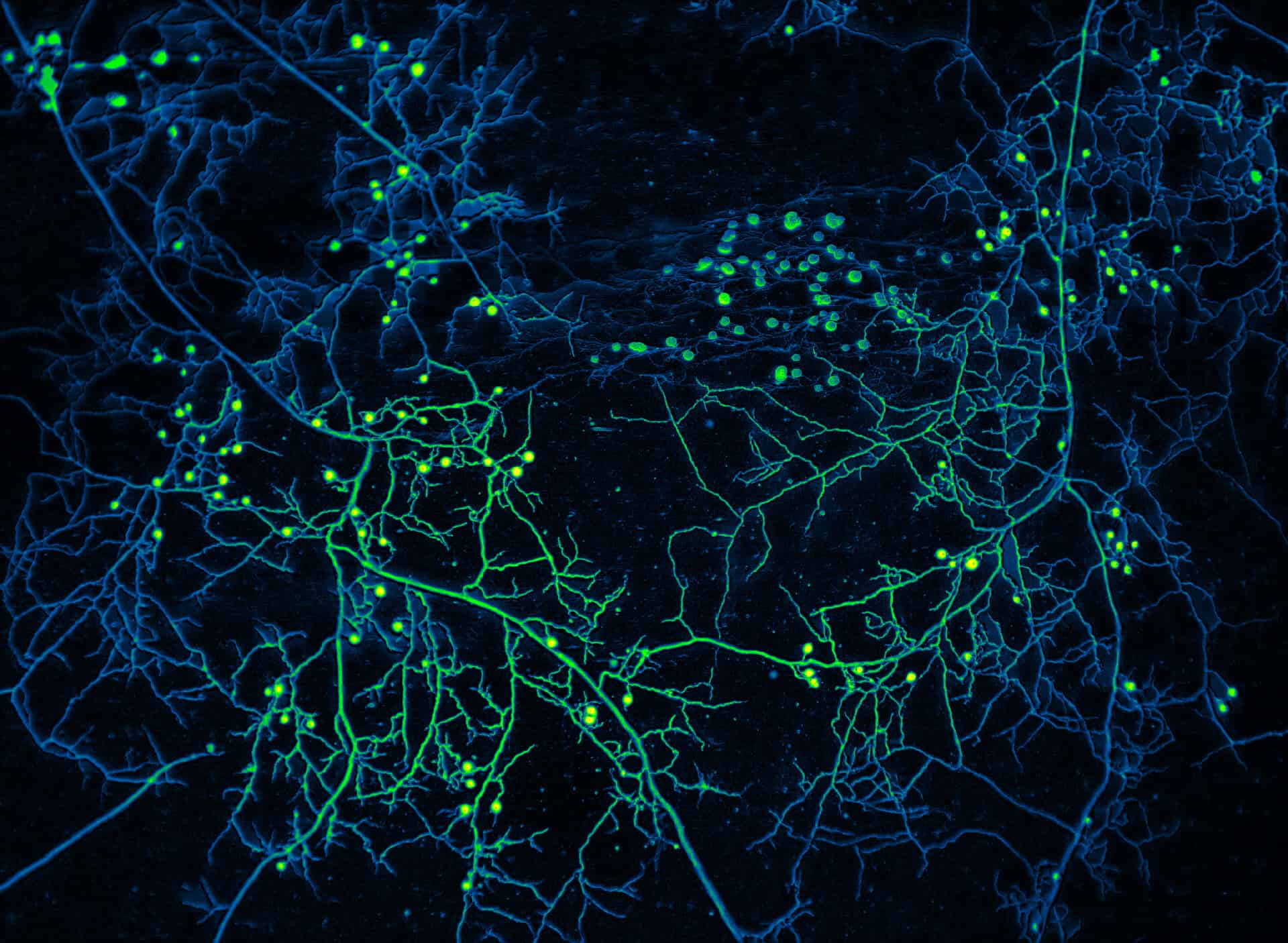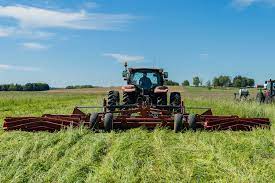As we strive to halt the climate crisis, we frequently turn to familiar strategies such as reducing our reliance on fossil fuels, transitioning to renewable energy sources, and restoring forests. However, a new study invites us to look beneath the surface, to the soil, where one specific type of fungi lives.

Up to 90% of terrestrial plants have a relationship with mycorrhizal fungi, exchanging nutrients and water. Mycorrhizal fungi also play a role in the global carbon cycle, which is how the planet recycles carbon between the atmosphere, the ocean, soil, rocks, and living organisms. But how big that role is has so far been unclear.
A team of researchers found this group of fungi could be an “untapped potential” of carbon storage, with mycorrhizal fungi allocating or transporting over 13 gigatons of carbon dioxide equivalent. This is equivalent to 36% of annual CO2 emissions from fossil fuels, though more work is needed to find out how much is retained long-term.
“Understandably, much focus has been placed on protecting and restoring forests as a natural way to mitigate climate change. But little attention has been paid to the fate of the vast amounts of CO2 that are moved from the atmosphere during photosynthesis by those plants and sent below ground to mycorrhizal fungi,” study author Heidi Hawkins said in a statement.
A major carbon pool
Mycorrhizal fungi may be inconspicuous, but their impact is astonishing, the researchers explained in a blog post. They intricately weave networks of filaments throughout the soil, establishing connections with the roots of nearly every plant on the planet. However, this is far from a hostile takeover. These fungi have formed symbiotic partnerships with plants for over 400 million years.
Through their network, the fungi facilitate the transportation of vital nutrients and water to plants, and can even enhance their resilience against pests and diseases. In return, plants reciprocate by channeling the sugars and fats produced through photosynthesis in their leaves down to the fungi via their roots. These compounds are rich in carbon.
“We know that mycorrhizal fungi are vitally important ecosystem engineers, but they are invisible,” study author Toby Kiers, a researcher at Vrije University Amsterdam, said in a statement.
“Mycorrhizal fungi lie at the base of the food webs that support much of life on Earth, but we are just starting to understand how they actually work. There’s still so much to learn.”
In their study, the international team of researchers did a comprehensive examination of nearly 200 datasets concerning mycorrhizal fungi, sourced from over 60 peer-reviewed scientific papers, while also reviewing global vegetation maps. It’s the first quantitative analysis of fungi’s contribution to global soil carbon pools, as Inverse explains
The researchers examined the carbon allocation and movement by fungi, rather than addressing carbon sequestration, which is the process through which soil stores carbon, effectively preventing the release of CO2 into the atmosphere. Carbon sent from plants to fungi may not be permanently stored in the soil, potentially leading to its return to the atmosphere.
“A major gap in our knowledge is the permanence of carbon within mycorrhizal structures. We do know that it is a flux,” said Hawkins.
“Some will be decomposed into small carbon molecules and from there either bind to particles in the soil or even be reused by plants. And certainly, some carbon will be lost as carbon dioxide gas during respiration by other microbes or the fungus itself.”
There’s an urgent race against time to comprehend and safeguard these fungi. The UN said that by 2050, approximately 90% of soils could suffer from degradation, with fungi often being overlooked. Without the fertility and structural integrity that healthy soil offers, the productivity of natural ecosystems and crops will swiftly deteriorate, the researchers warned.
The study was published in the journal Current Biology.






